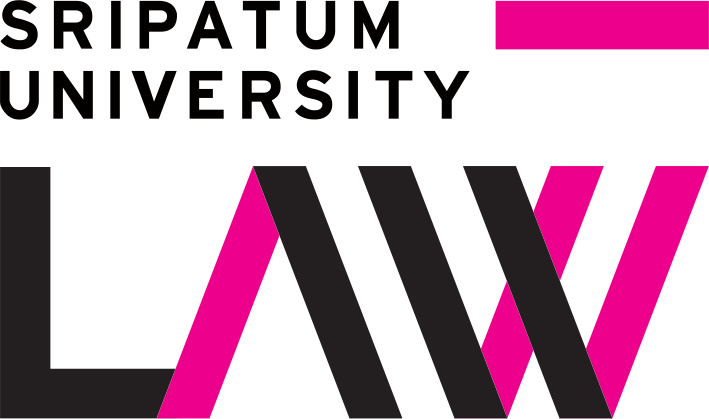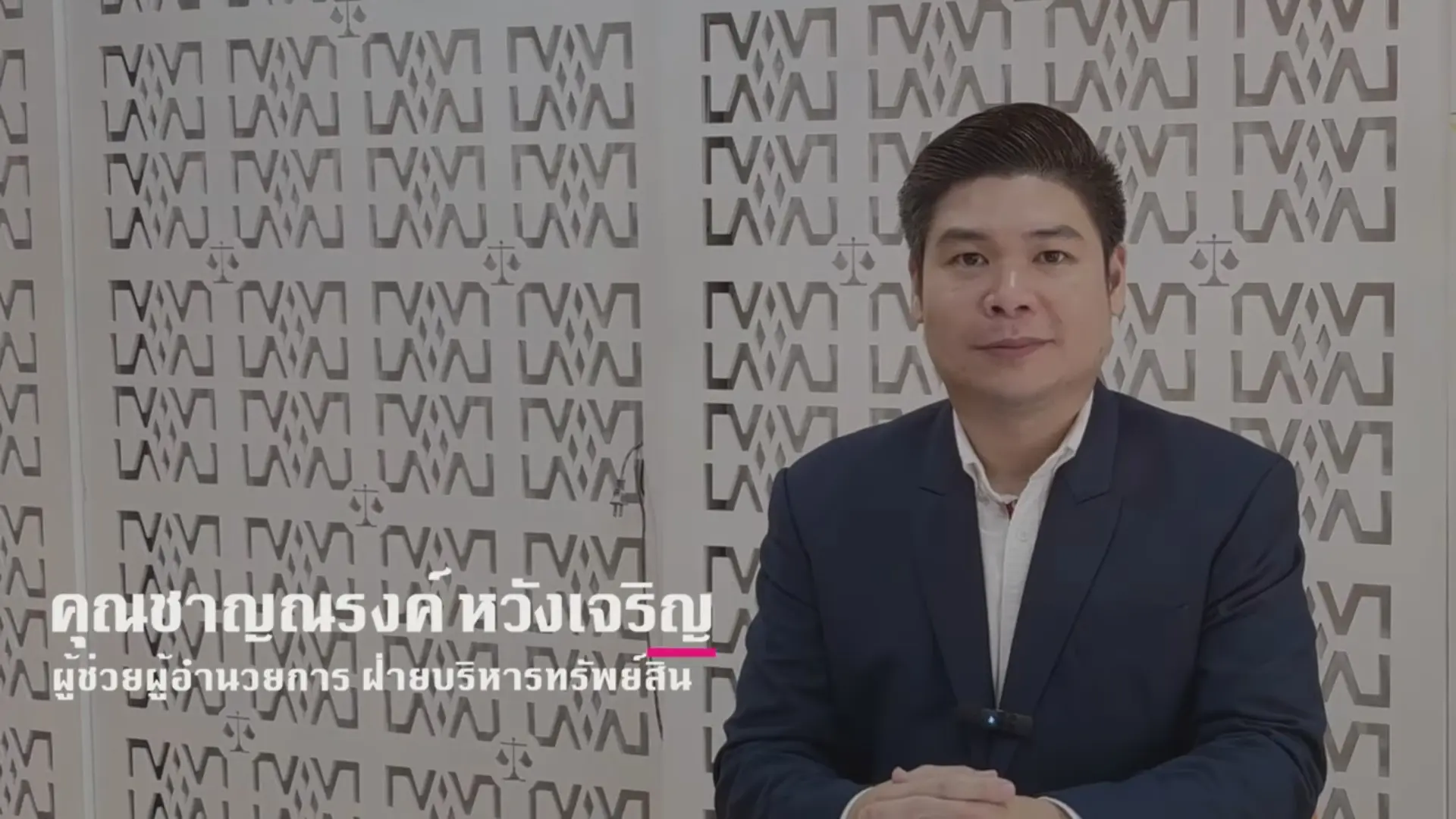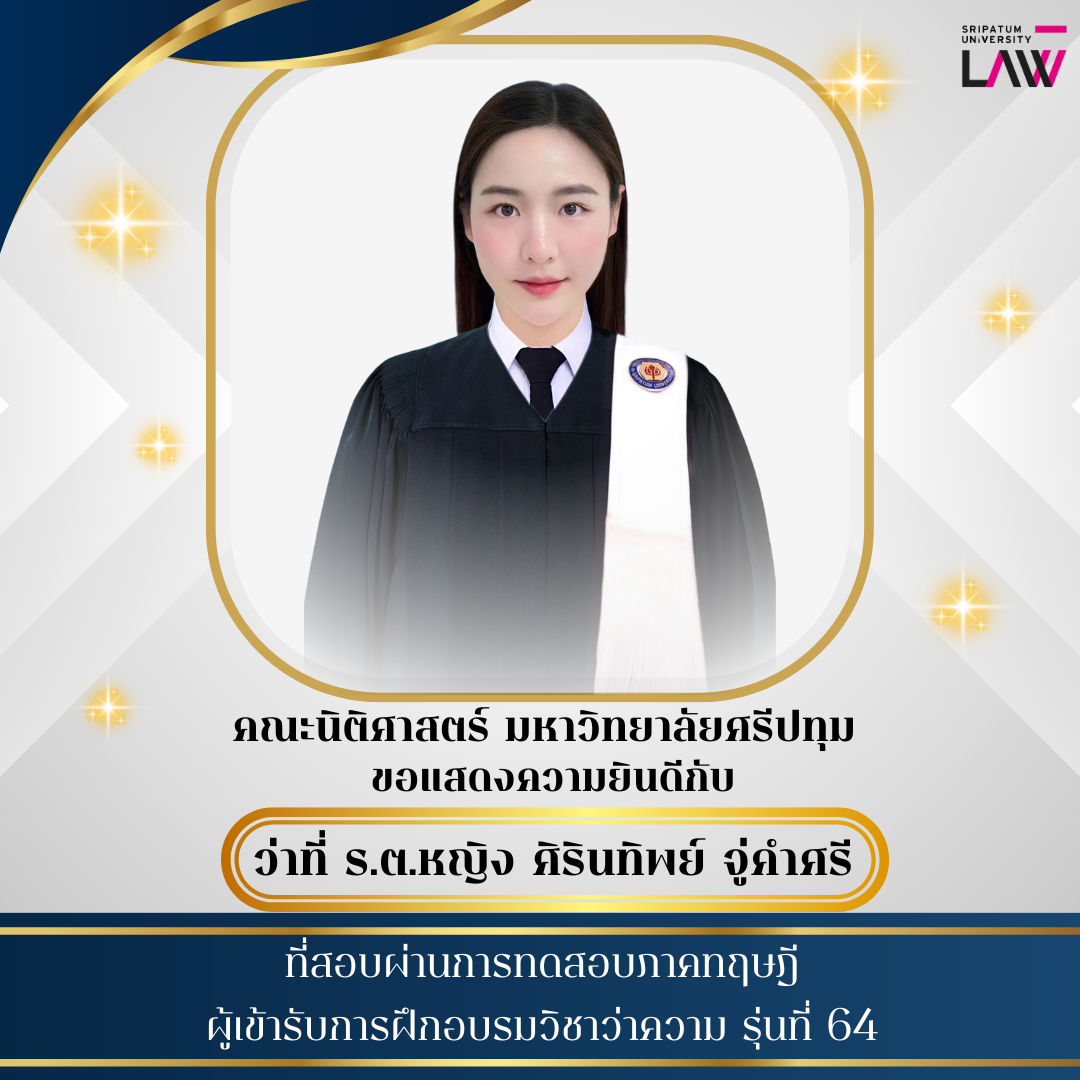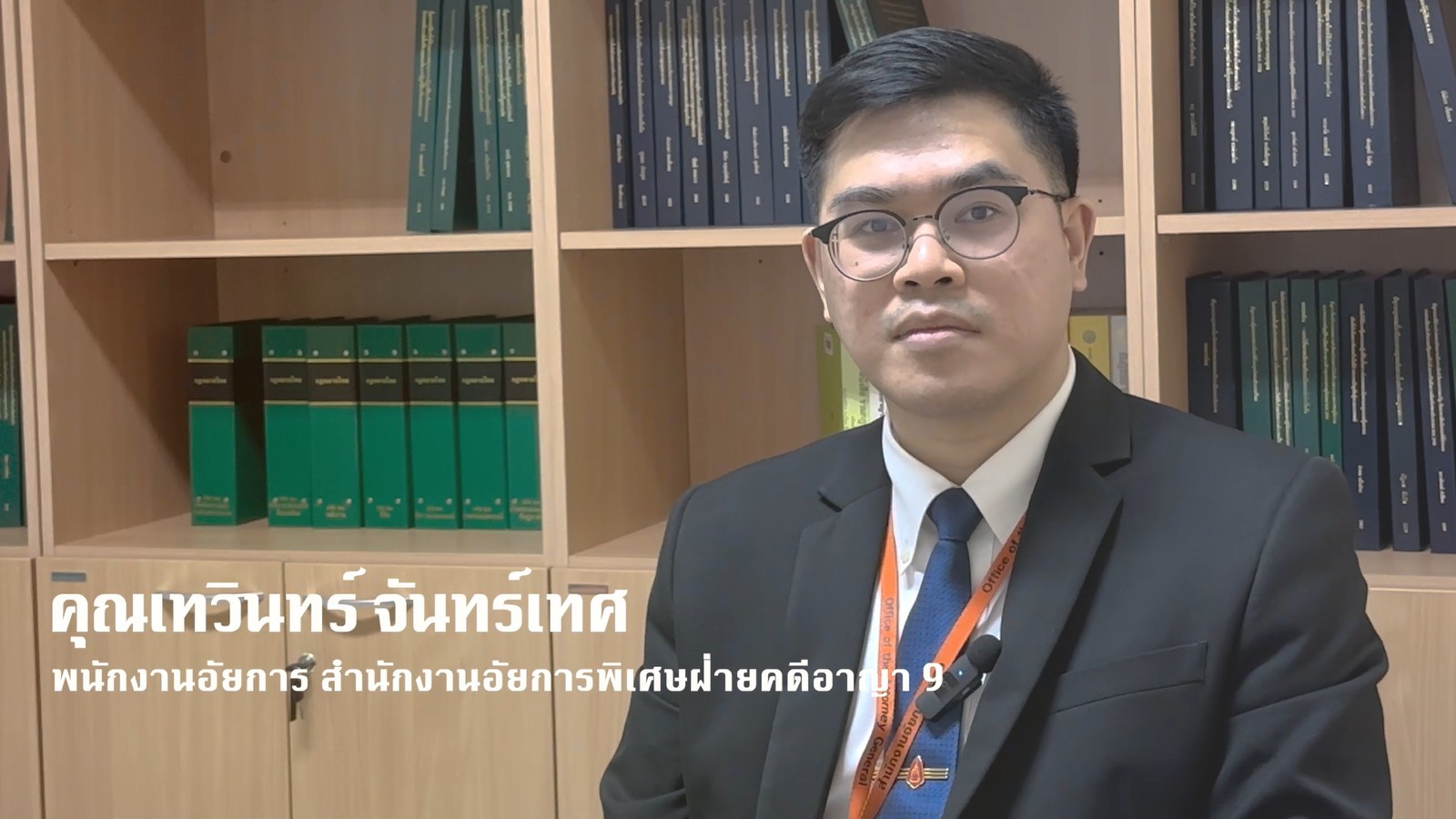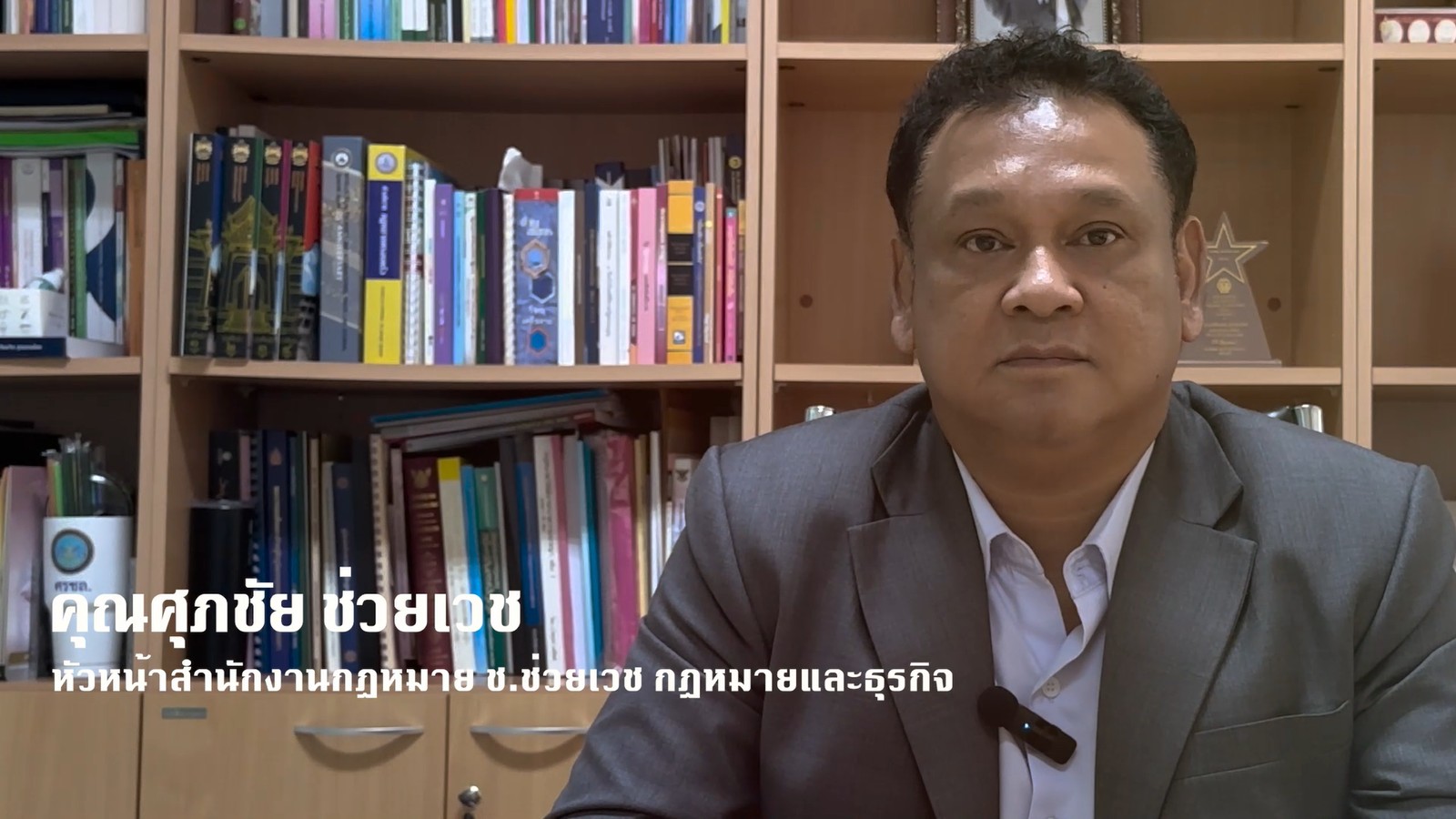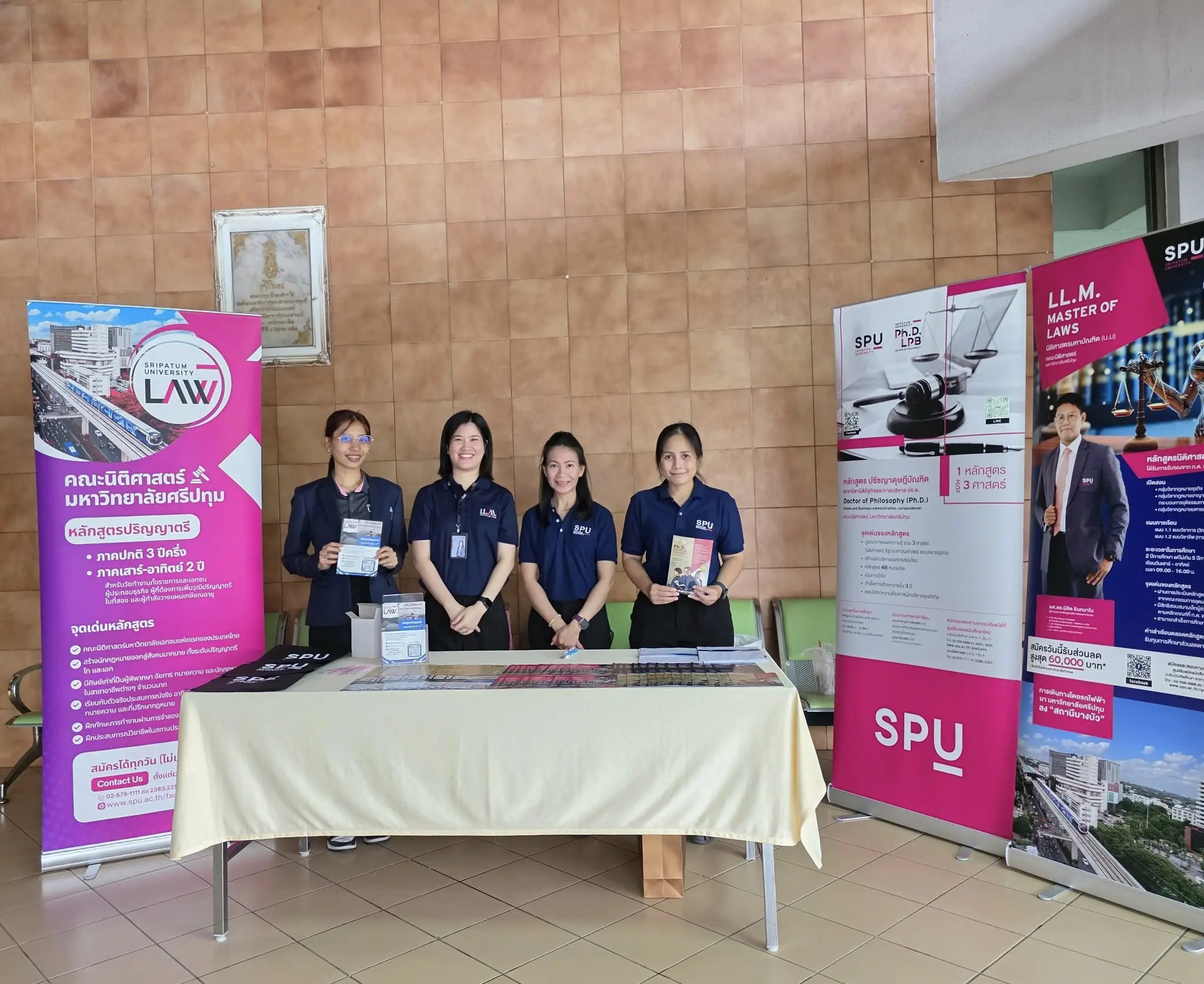Illustration from Matichon Online
http://www.ryt9.com/s/tpd/2219515
Assistant Professor Nopadol Pakornnimitdee
Lecturer, Faculty of Law, Sripatum University
The Public Assembly Act of 2015 was published in the Government Gazette on 14 July 2015 and will come into force after thirty days. The Public Assembly Act is perhaps one of the longest-running laws to come to the point where it has been enacted.
Will the Public Assembly Law be able to change the political history of Thailand, which has been under the siege of protests for too many years? Or, will the Public Assembly Law be the hope of the people in Thai society who want to see new politics that are different from the old ones? These are questions worth thinking about and exploring.
In the past, the Constitution of the Kingdom of Thailand 2007
Section 63. A person shall have the freedom to assemble peacefully and without arms.
The restriction of freedom under paragraph one shall not be made except by virtue of the powers under the provisions of law, specifically in the case of public assembly…
This Section 63 has been invoked all along as if it were a passport that said, I have the freedom of assembly. No one can stop me because the constitution guarantees it. At that time, even though there was no law on public assembly under the second paragraph of Section 63, I still heard some people say through the media that Section 63, paragraph two, conflicted with Section 63, paragraph one, and was therefore unusable. It made people confused by this opinion, even though the second paragraph of Section 63 is an exception to the law.
Although society now has the Public Assembly Act of 2015, waiting for the arrival of the new Constitution of the Kingdom of Thailand, some sections of the Public Assembly Act raise a thought-provoking question: citizens who wish to exercise their rights and freedoms in public assembly must notify the person receiving the notification at least twenty-four hours before the assembly begins. They cannot hold an assembly immediately like before. If the person receiving the notification, which means the chief of the police station in the area where the public assembly is taking place or other persons, as announced by the Minister as the person responsible for receiving notifications of public assembly, allows the assembly to be held, then that’s it. The rest is according to the rules. But if permission is not granted, the legal issues to consider are:
Section 11, paragraph two, stipulates that in the event that the person receiving the notification sees that the public assembly that has been notified may be in violation of Section 7 or Section 8, the person receiving the notification shall order the person who made the notification to make corrections within the specified time.
Public assembly that violates Section 8 is an issue worth studying when considering the provisions of Section 8, which states that “Public assembly must not obstruct entrances or exits or disturb operations or the use of services at the following places:
(1) Government agency offices
(2) Airports, ports, railway stations, or public transport stations.
(3) Hospitals, educational institutions, and religious places.
(4) An embassy or consulate of a foreign state or an office of an international organization.
(5) Other places as announced by the Minister. “The various places according to Sections 1-4 have their own reasons that protesters should not go to block entrances and exits or disturb work. But in the case of opening an opportunity for a Minister who is a political official, is it possible to use Section 8?
(5) Preventing protesters from gathering because in the past, most public gatherings or protests were aimed at the government in order to pressure them to get what the protesters wanted.
In fact, public gatherings should have assembly rules for a long time to tell what is allowed and what is not allowed, and where gatherings should not take place. Having a public gathering law is therefore the right thing to do and very appropriate. However, the conditions for a public gathering to take place, where the person receiving the notification must not object, are the problems that the officers who follow this law must answer clearly, without any doubt, to society and those who intend to gather or protest to demand the reasons why it is not allowed. The discretion of the officers should therefore be a major problem in enforcing the public gathering law, where the person receiving the notification may become another target or opponent.
Although Section 10 of the law states that anyone who intends to organize a public assembly must notify the person notified of the assembly, the implementation of this law is not a matter of simply notifying. The law allows the person notified to exercise discretion. If the person deemed that the public assembly is in violation of the law and ordered to amend it but cannot do so, there may be an order prohibiting the assembly. Therefore, the issue of notifying the assembly is likely to be the only issue that causes various questions or doubts regarding the public assembly law, such as: Does this law guarantee freedom of assembly or is it an indirect request for permission to exercise the right? Is public assembly a matter of rights or freedom? And importantly, may it lead to problems in the interpretation of the law?
However, overall, 90% of the content of this law is considered very good and has been a rule that Thai society should have for a long time for gatherings.
Read more at: http://www.ryt9.com/s/tpd/2219515


